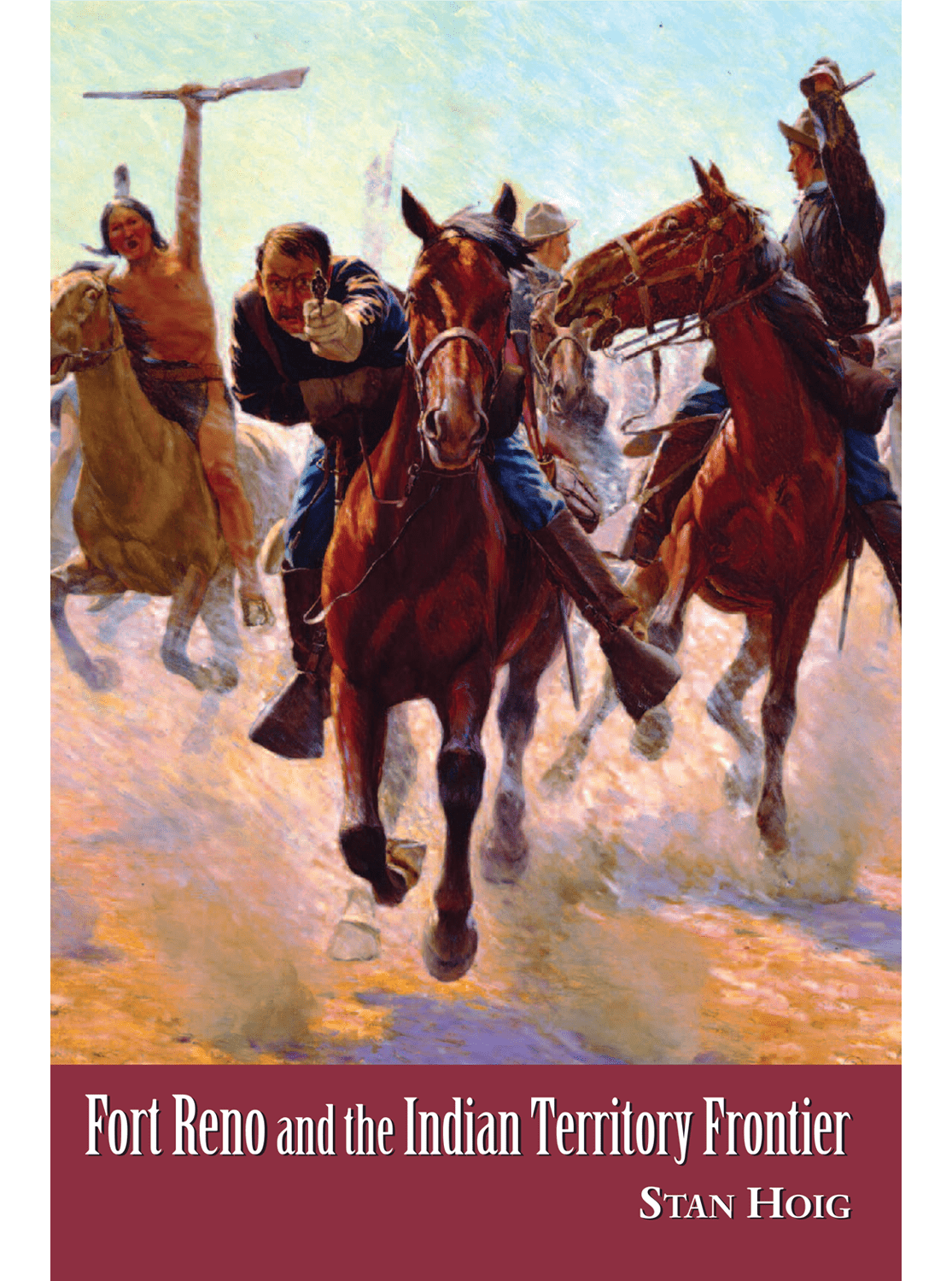Following the Indian uprising known as the Red River War, Fort Reno (in what would become western Oklahoma) was established in 1875 by the United States government. Its original assignment was to serve as an outpost to exercise control over the Cheyenne and Arapaho Indians. But Fort Reno also served as an embryonic frontier settlement around which the first trappings of Anglo-American society developed a regulatory force between the Indian tribes and the white man, and the primary arm of government responsible for restraining land-hungry whites from invading country promised to Native American tribes by treaty. With the formation of the new Territory of Oklahoma and introduction of civil law, Fort Reno was forced to assume another purpose: it became a cavalry remount center. But when the mechanization of the military brought an end to the horse cavalry, the demise of Fort Reno was imminent. When Ben Clark, the prideful scout who knew and loved Fort Reno, ended his own life in 1914, the military post that had once thrived on America’s frontier was brought to a poignant end.
The story of Fort Reno, as detailed here by Stan Hoig, touches on several of the most important topics of nineteenth-century Western history: the great cattle drives, Indian pacification and the Plains Wars, railroads, white settlement, and the Oklahoma land rushes. Hoig deals not only with Fort Reno, but also with Darlington agency, the Chisolm Trail, and the trading activities in Indian Territory from 1874 to approximately 1900. The author includes maps, photographs, and illustrations to enhance the narrative and guide the reader, like a scout, through a time of treacherous but fascinating events in the Old West.
Fort Reno and the Indian Territory Frontier
$22.95
Stan Hoig
6 x 9, 298 pages
October 2005
978-1-55728-809-7 (paper)
978-1-61075-702-7 (audio)
“A comprehensive, yet easy to read account. . . . His stories of Indian chiefs, Boomers and Sooners, dedicated missionaries and gala Fourth of July horse races paint a vivid mural of the robust years of Fort Reno and what would someday become Oklahoma.”
—The Sunday Oklahoman
“Not only a good read, but a real contribution to military history.”
—True West
“Informative and readable. . . . Hoig places the history of Fort Reno in the context of significant topics of American westward expansion: Indian wars, Unisted States–Indian relations, cattle drives, railroads, white settlement, and the Oklahoma land rushes. Numerous maps, photographs, and illustrations augment his skillful narrative.”
—Montana: The Magazine of Western History
“Fort Reno participated in a series of major events that marked the end of the frontier era. . . Utilizing a vast array of manuscript collections, government documents, and other published sources, Hoig has crafted an exciting and accurate tale of Indian—white conflict and cooperation at the end of the 19th century.”
—Choice Magazine
“An excellent account . . . an outstanding history of a western fort that dealt with many of the changes experienced in the American West.”
—Military History of the West
“Hoig’s insight is that Fort Reno can be seen as a kind of pivot for events between 1874 and the early twentieth century. It is not a pretty story, but it’s an important and interesting one, and I think readers will find Hoig’s telling of it valuable.”
—Elliott West, author of The Contested Plains

